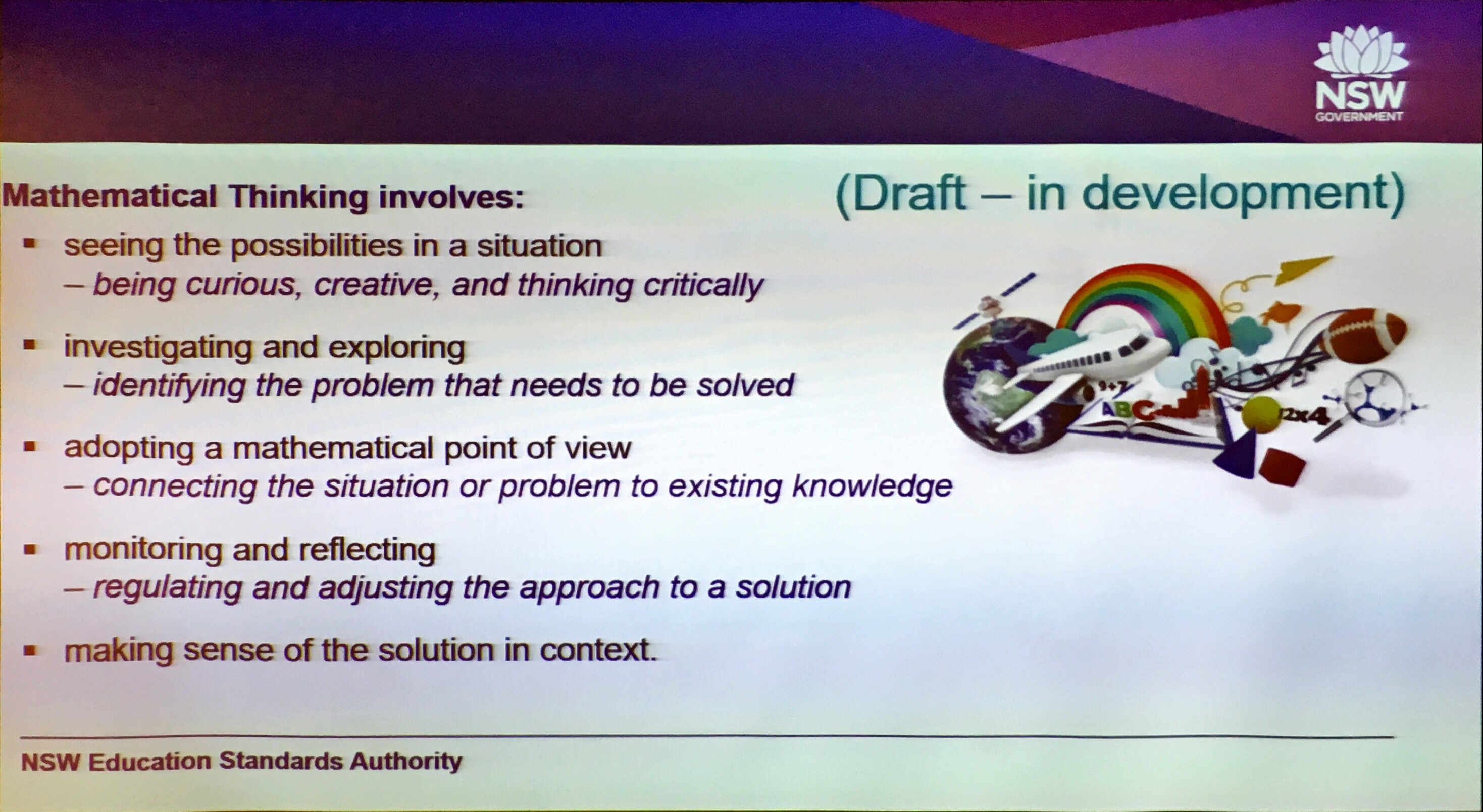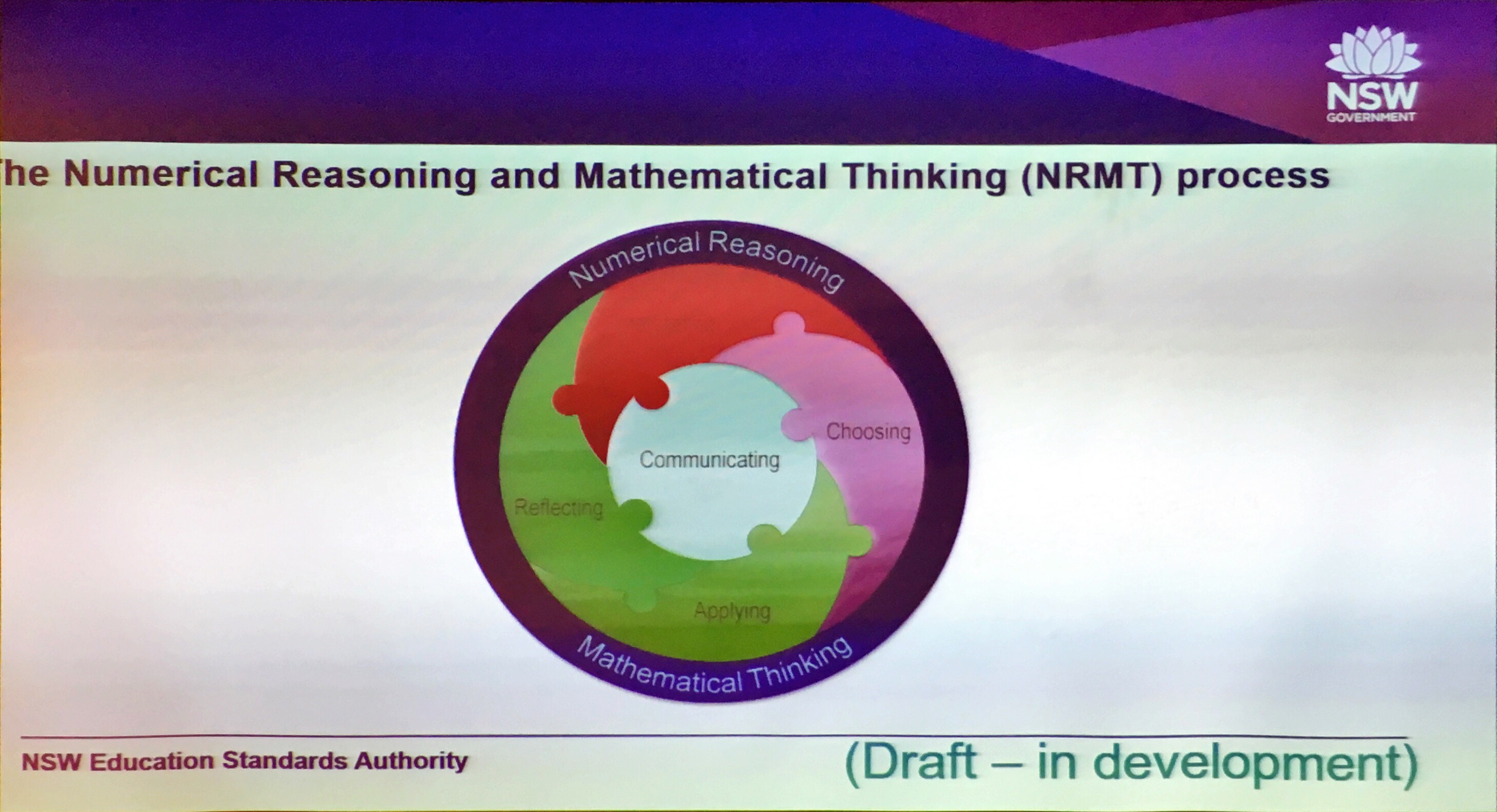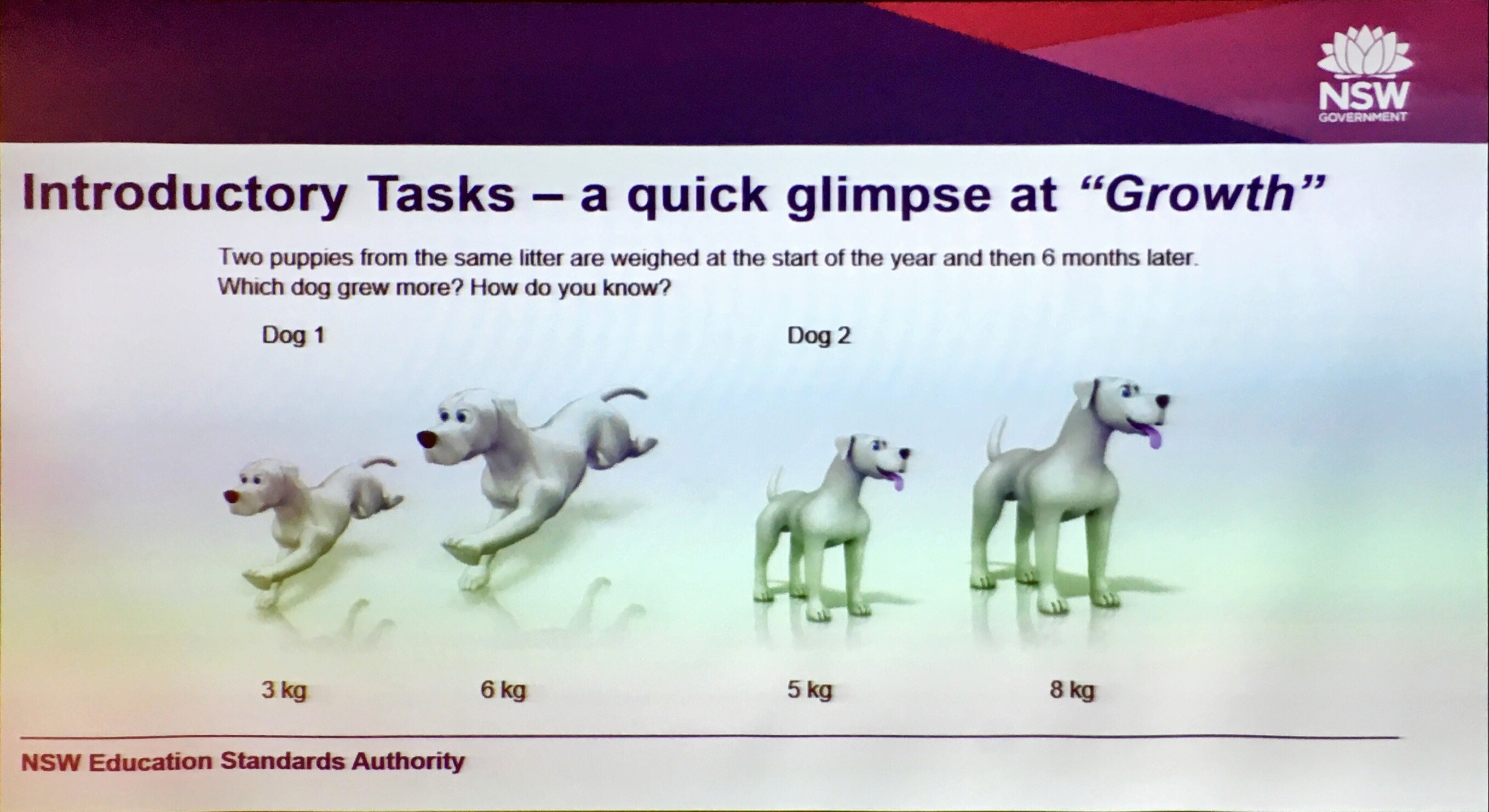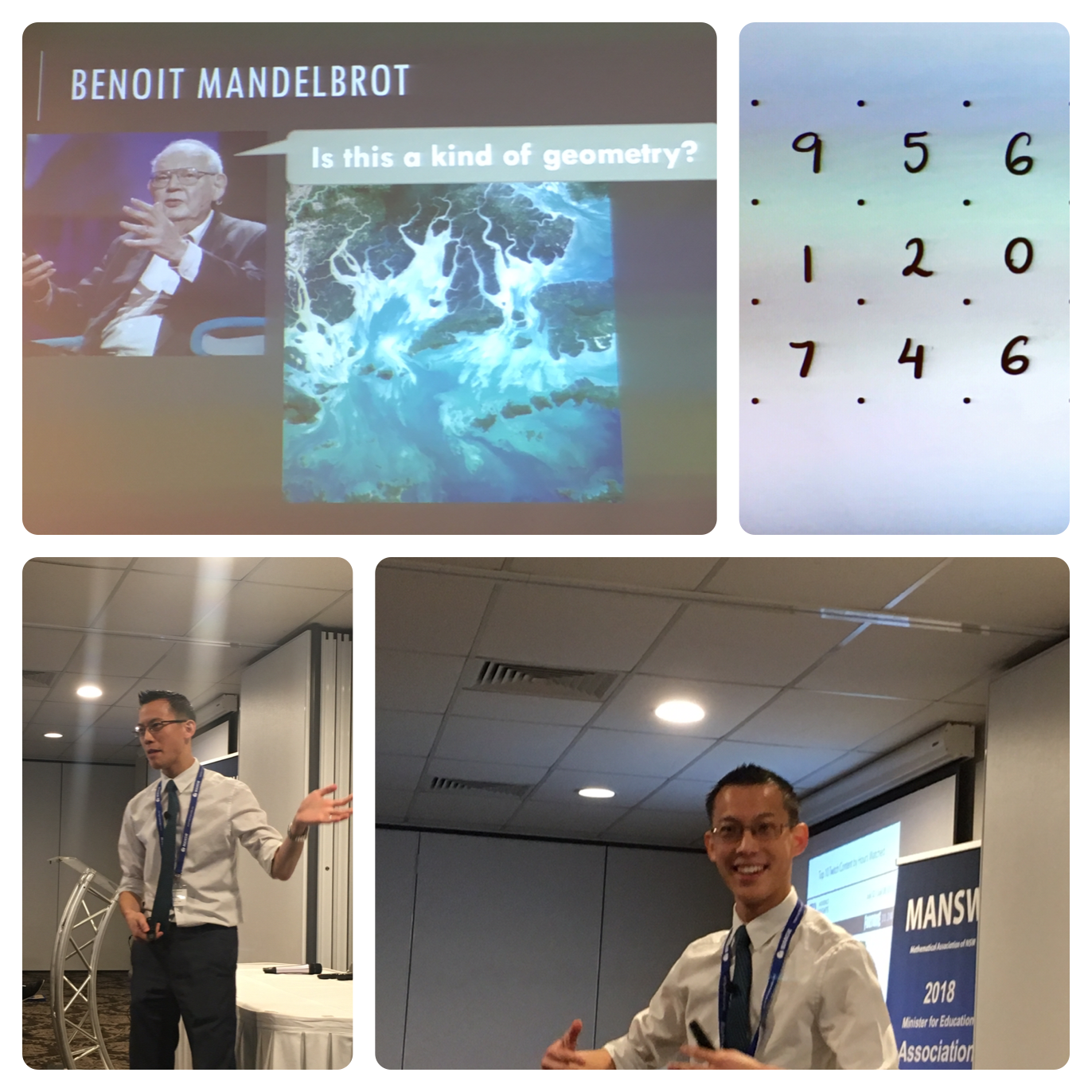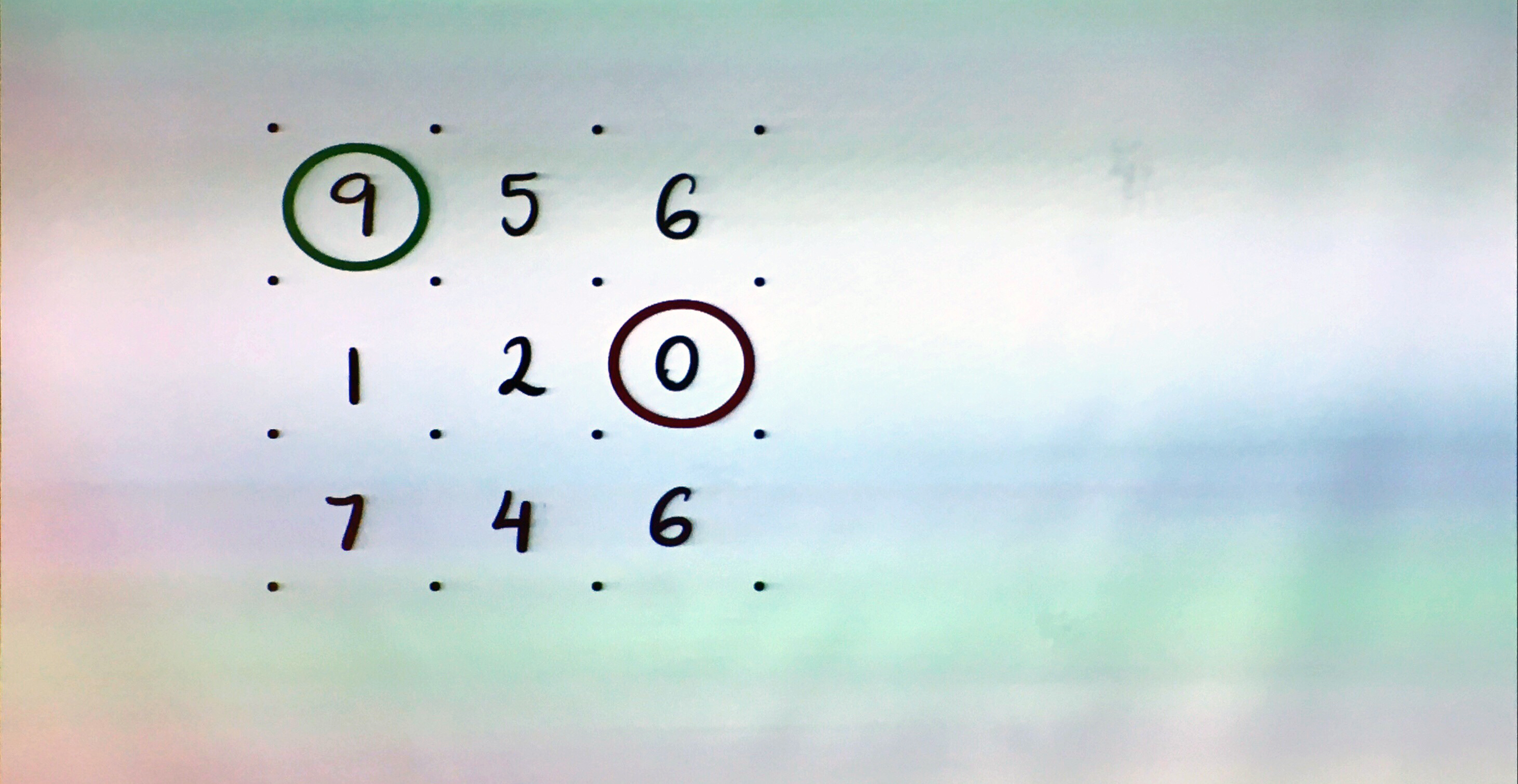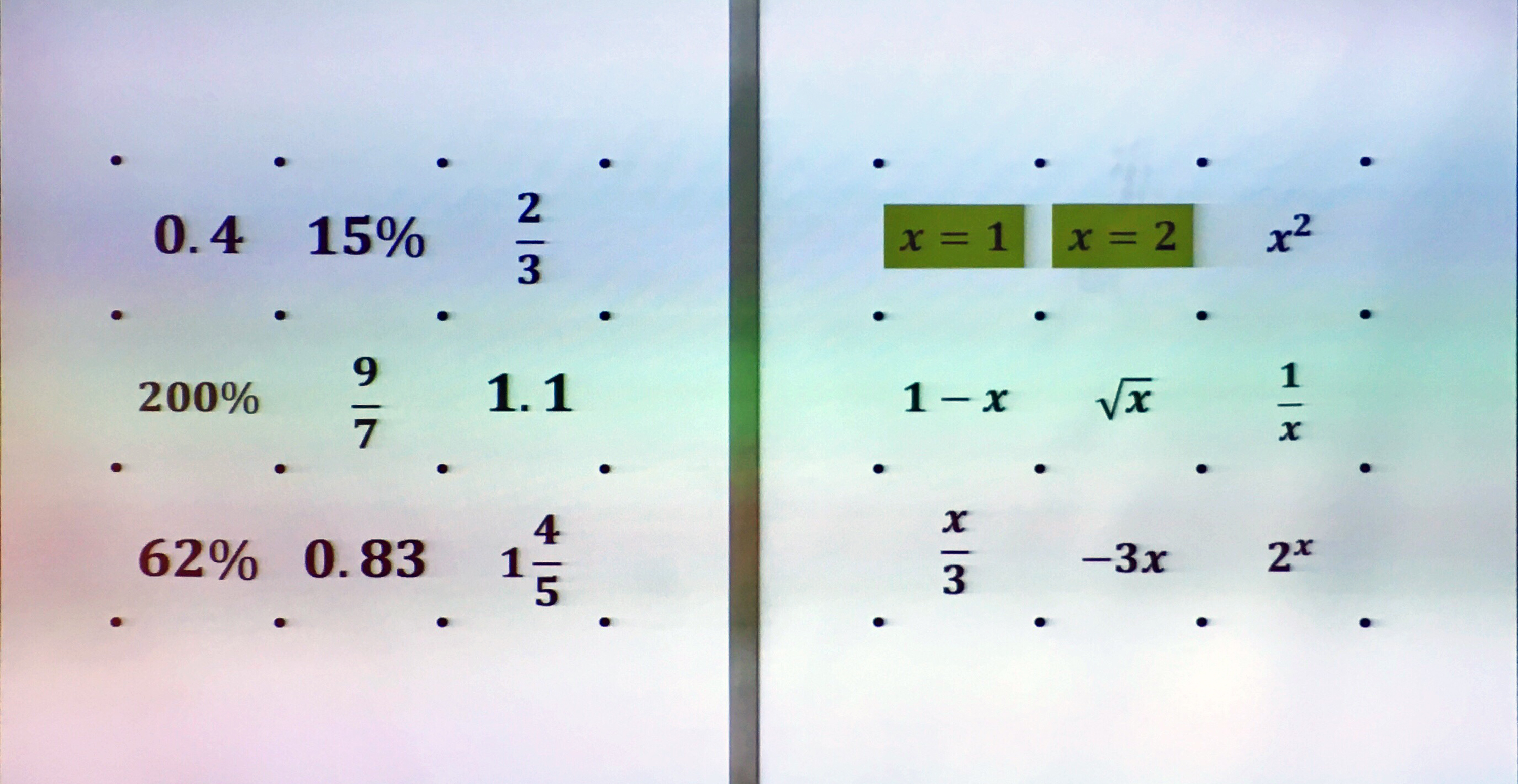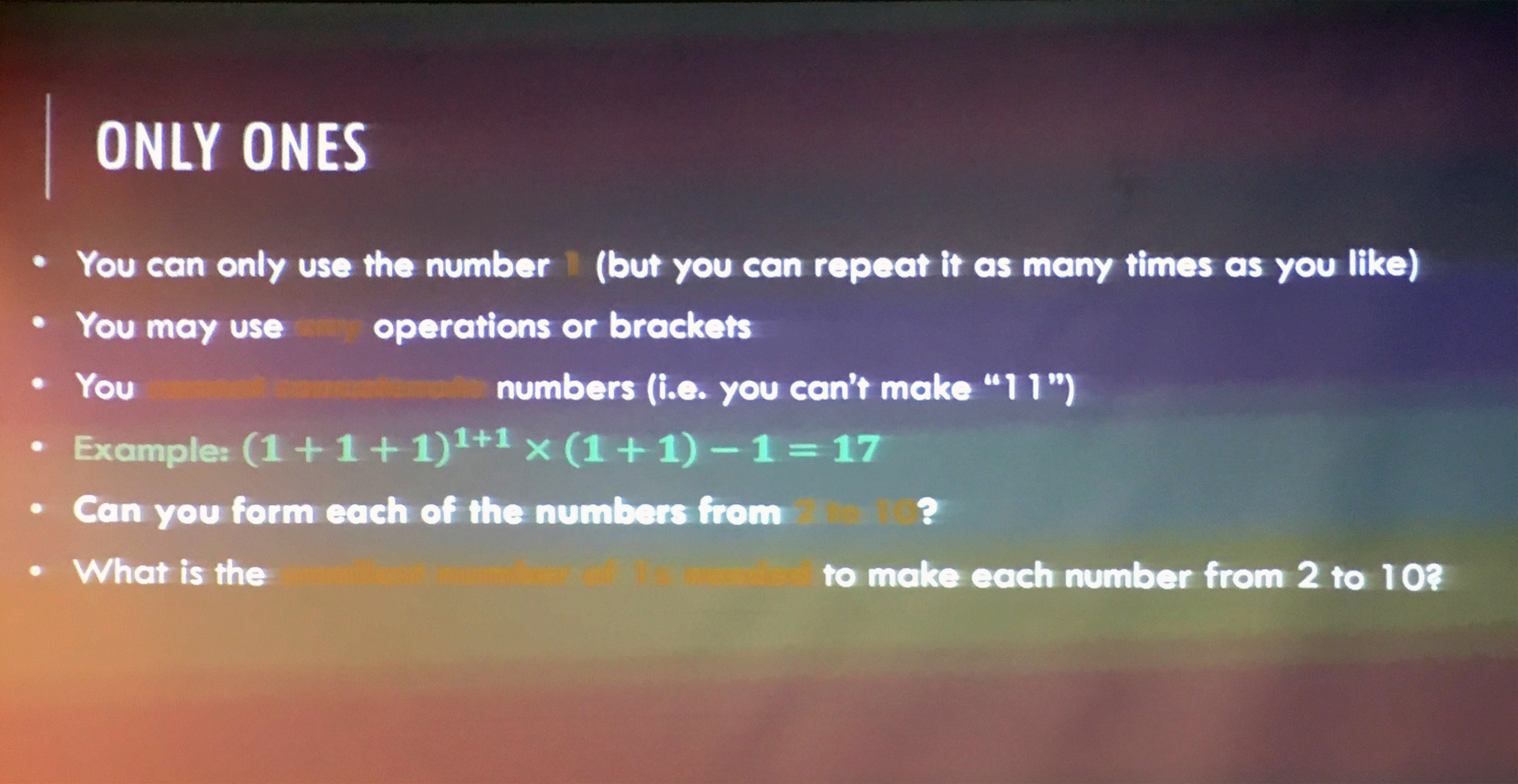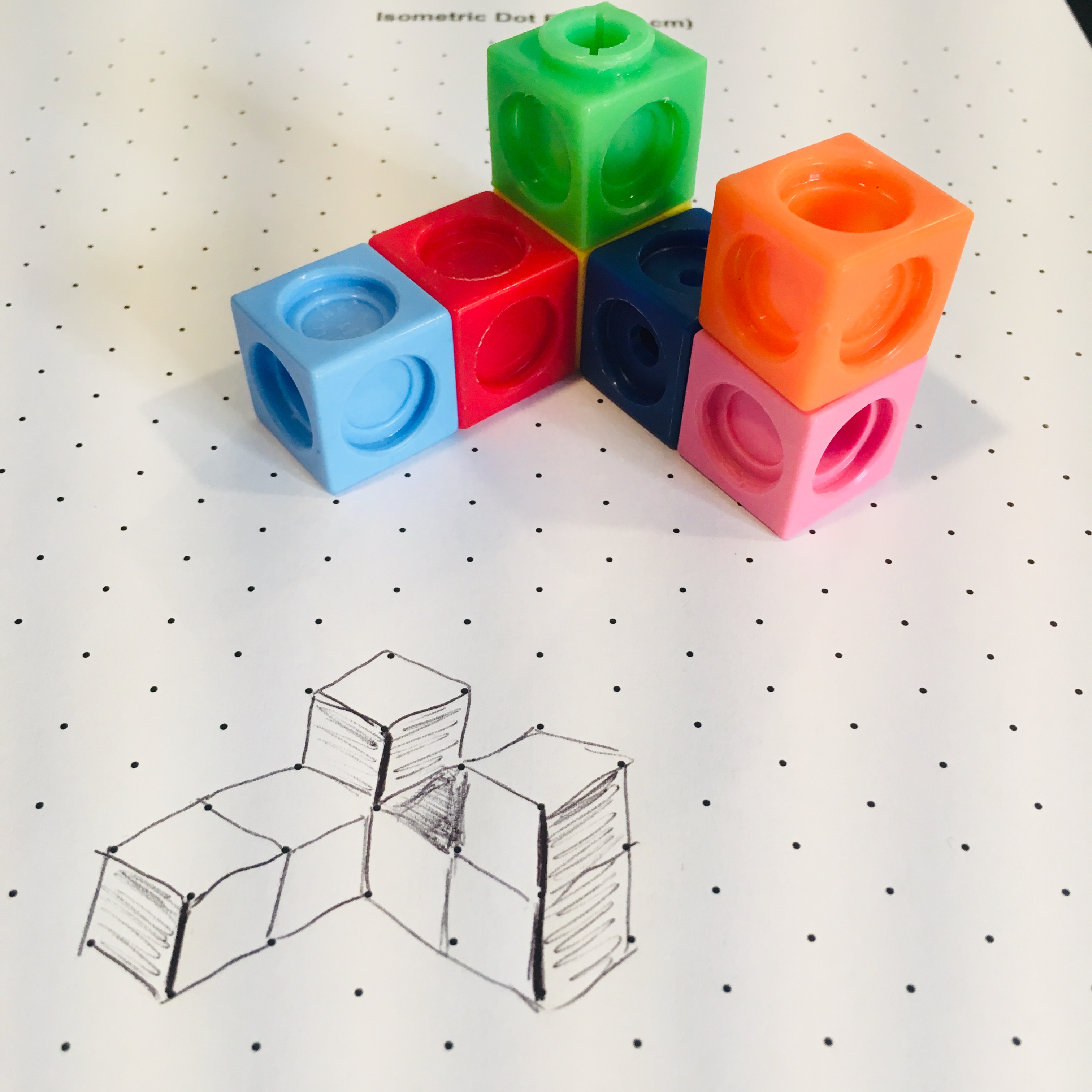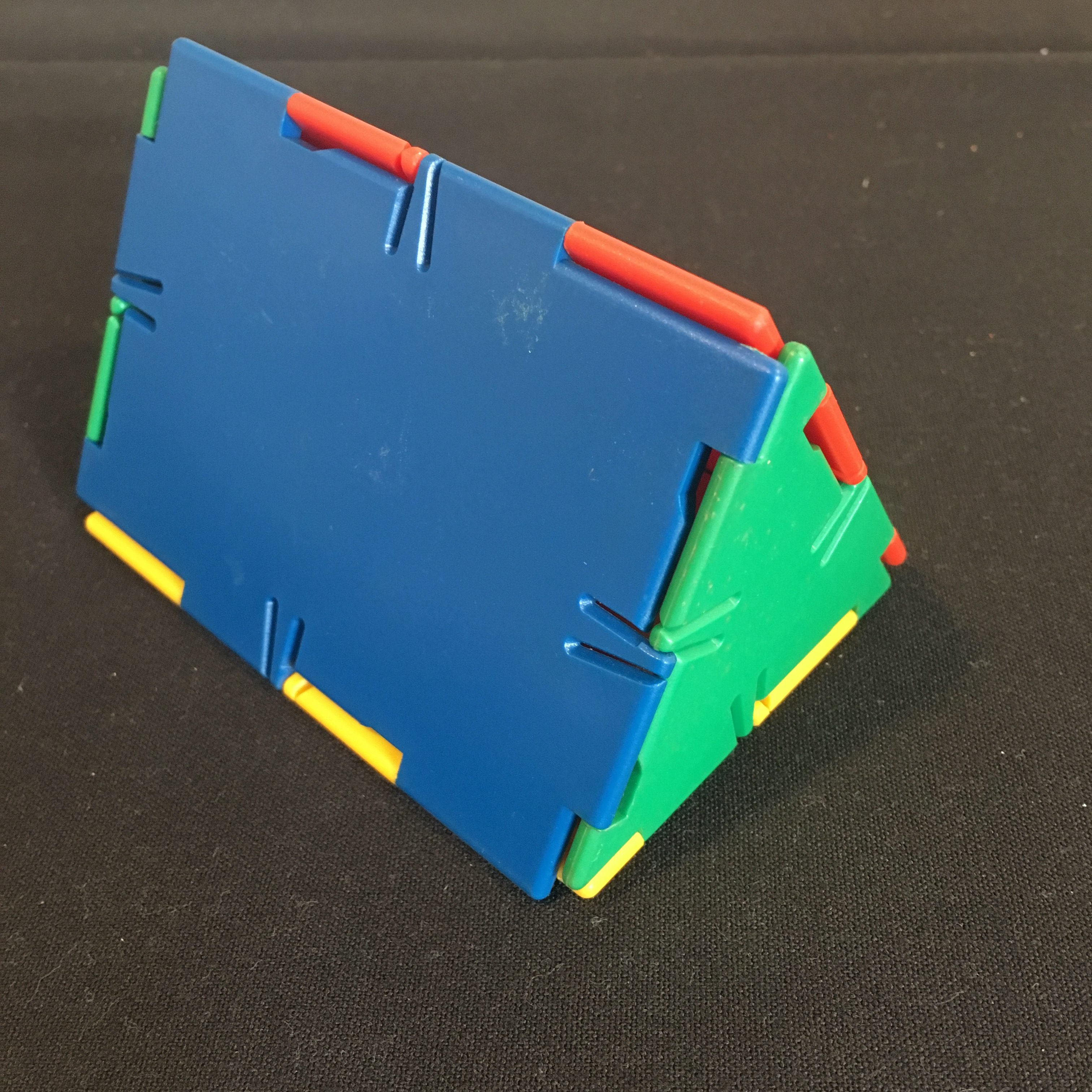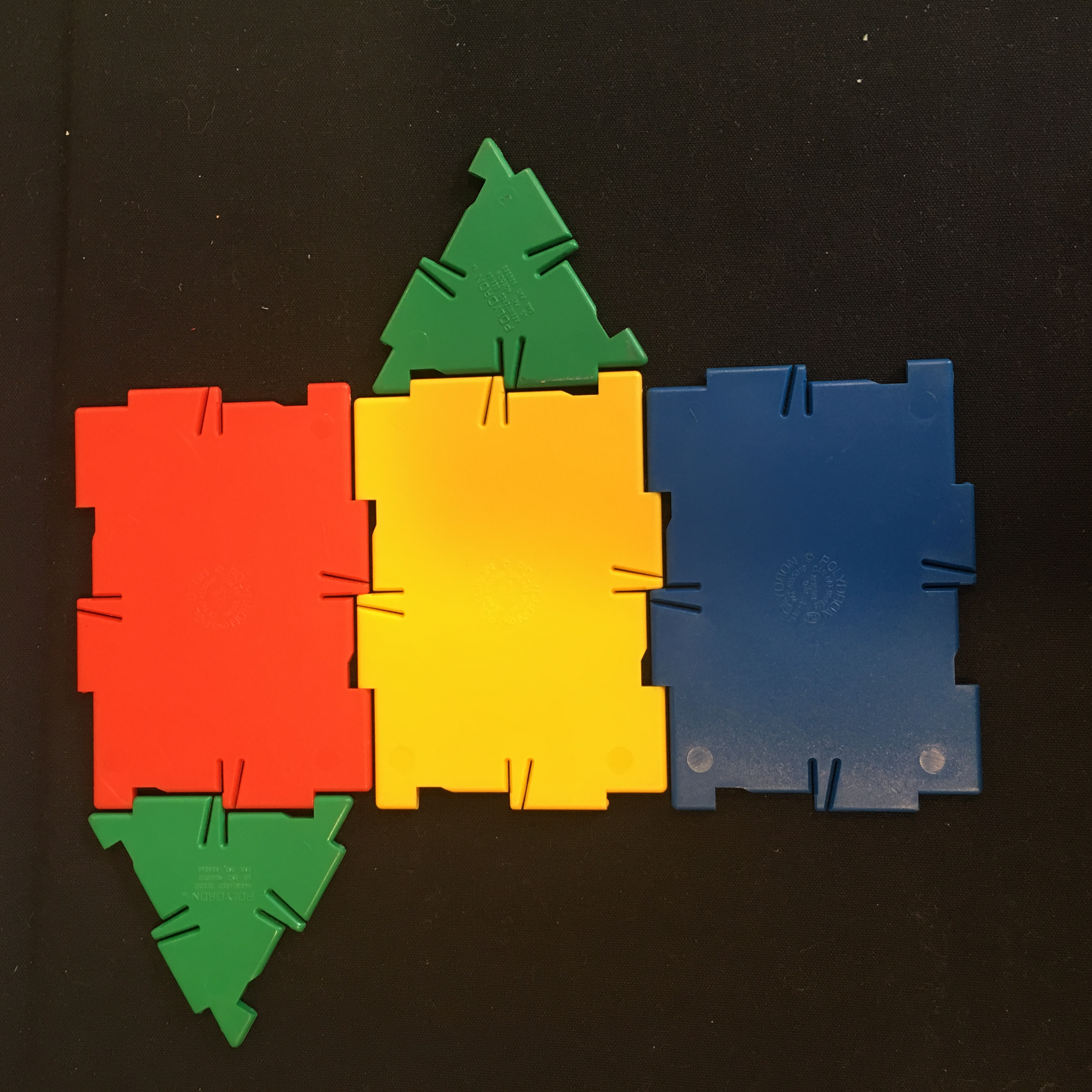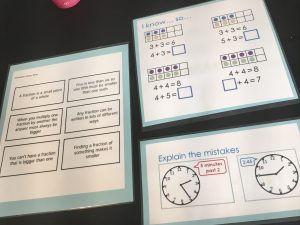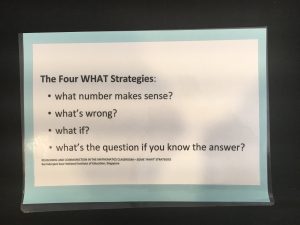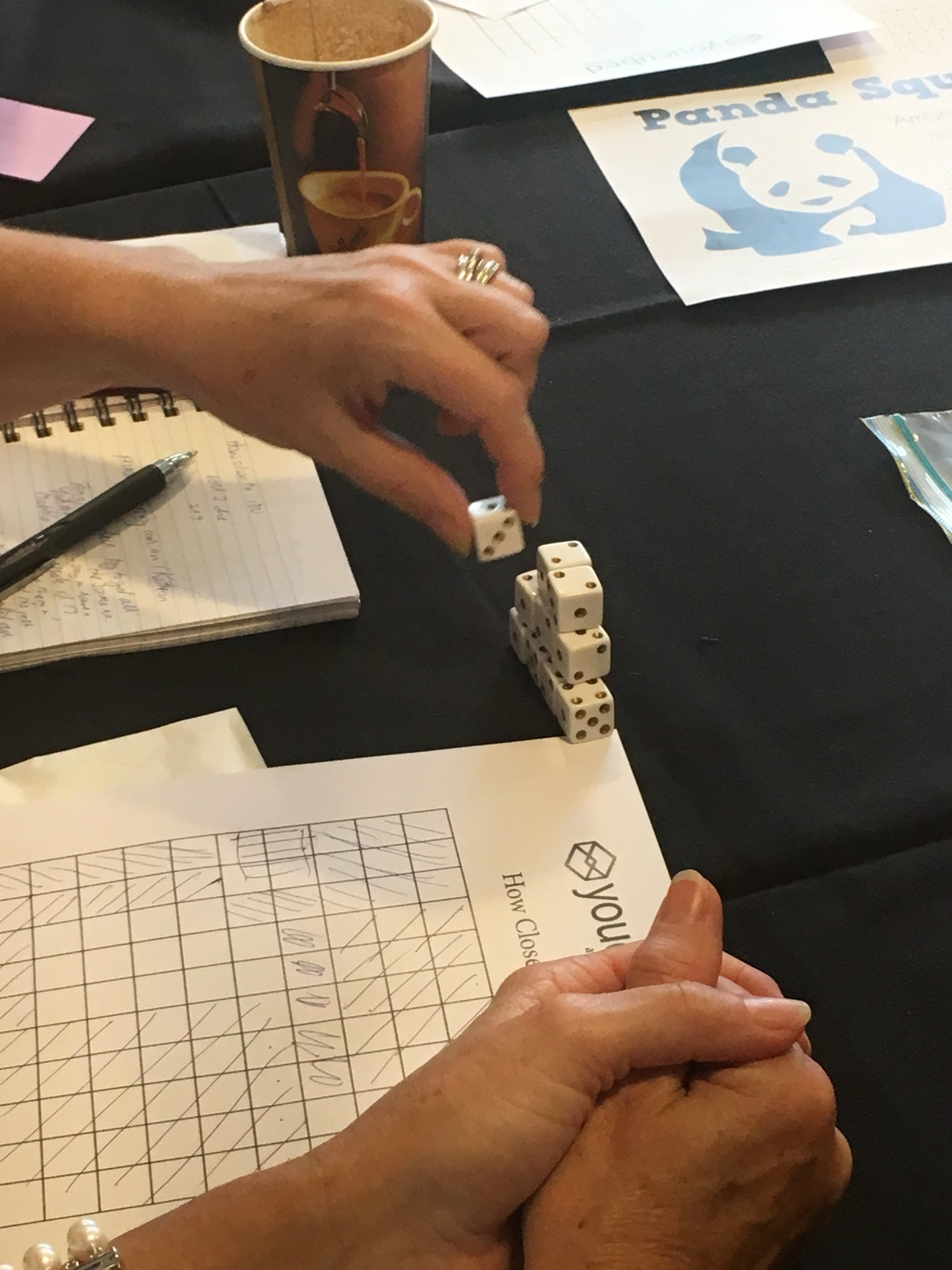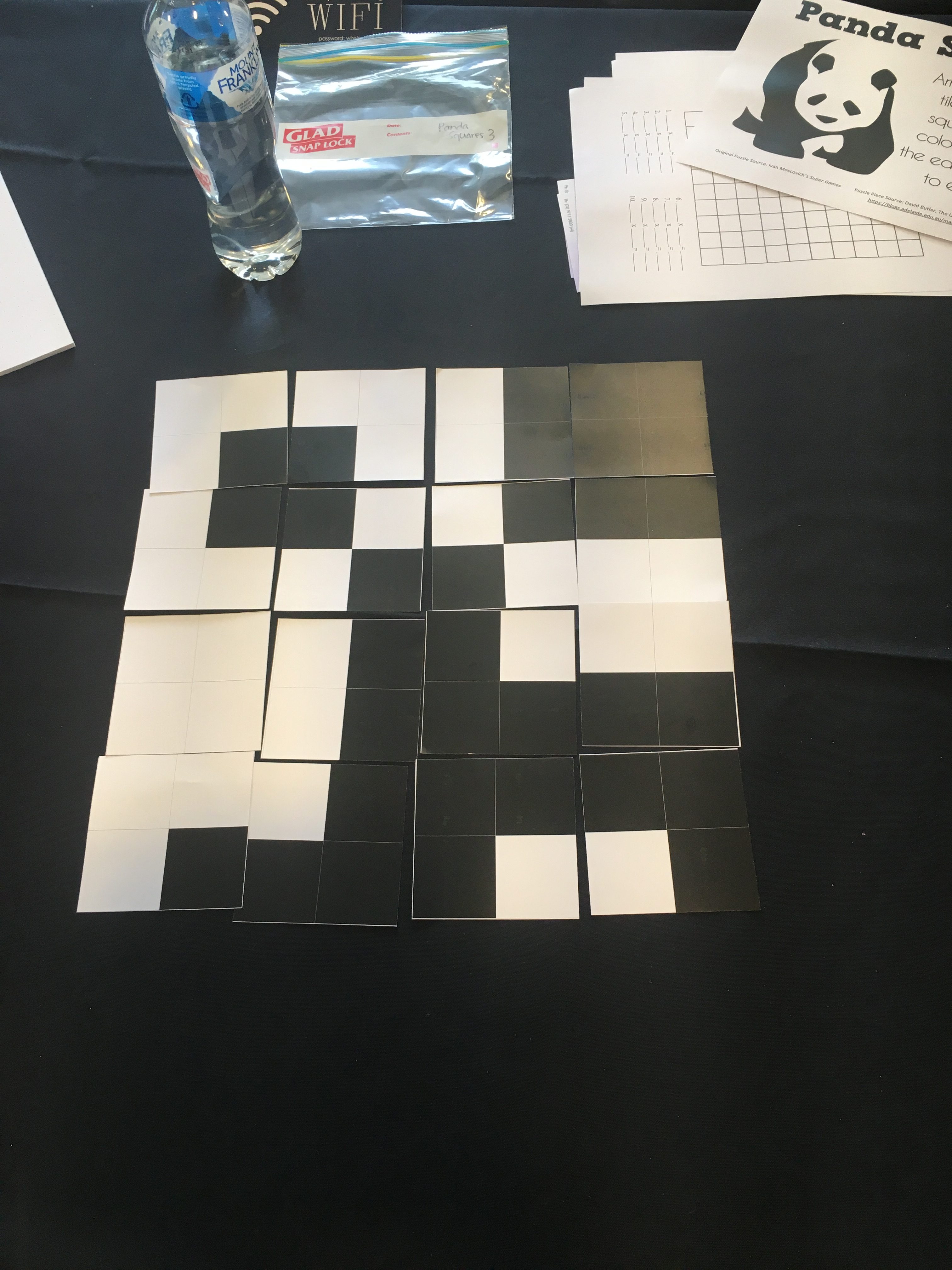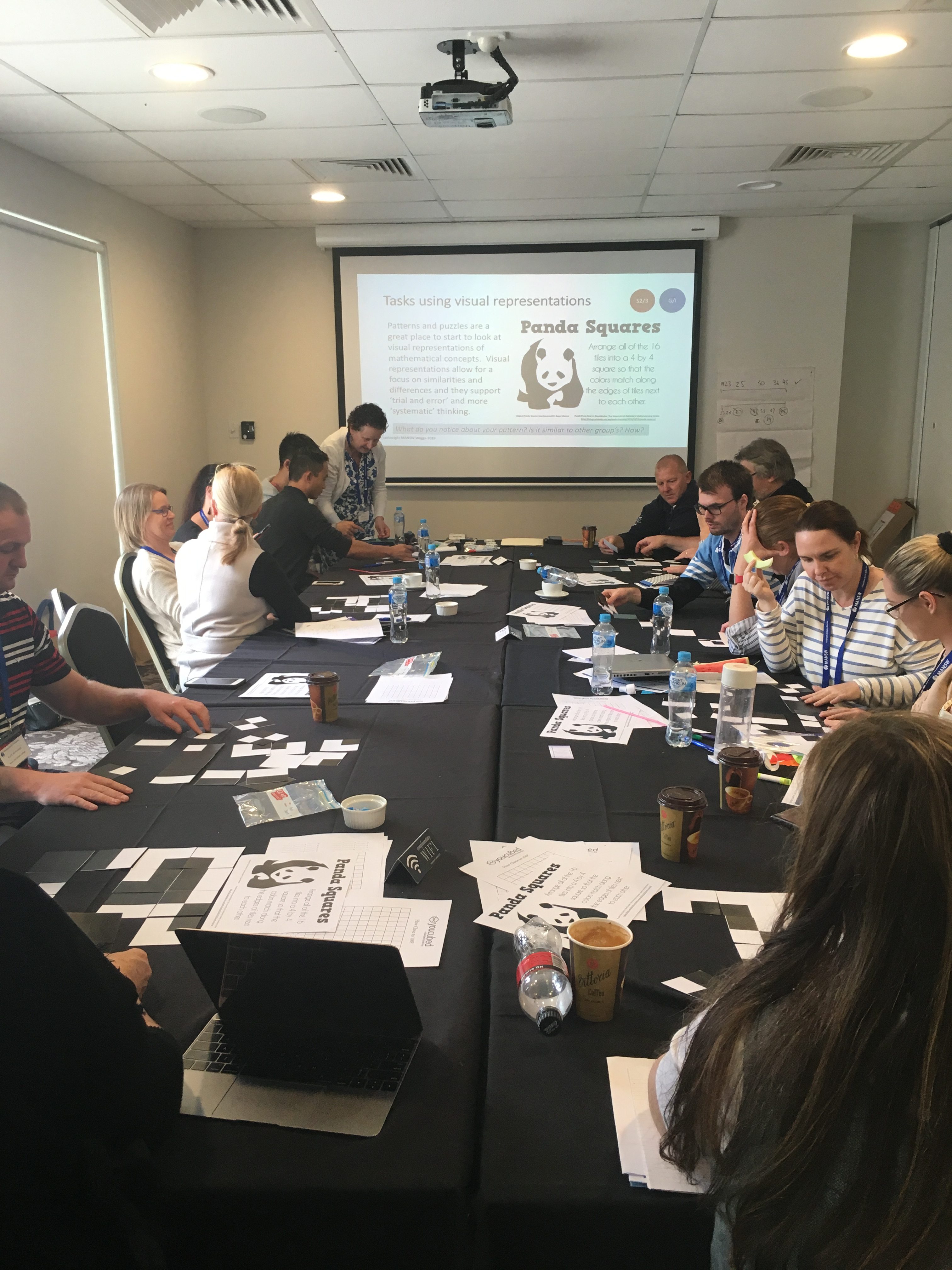In this week’s blog I’m reflection on the Mathematics Association of NSW (MANSW) Riverina Cluster conference that I attended in Wagga on Saturday. It was another great conference with presentations that emphasised; ways of engaging students in mathematics, building student reasoning, and providing students with a range of rich and challenging tasks.
For those of you who were unable to attend, here are a few of my take-away messages from the sessions I attended. You may also like to check out the conference feed via #manswinwagga on Twitter or visit the MANSW Facebook page for other attendees’ insights and comments.
Keynote #1
Anna Wethereld, NESA Inspector, Mathematics and Numeracy @MathsNESA
“We have a rich history to draw on for mathematics in acknowledging the journey.”
Anna Wethereld
Anna shared the idea of learning from the past to prepare for the future within her acknowledgement of country highlighting the on-going, changing face of our NSW mathematics curriculum. She spoke of now having a platform to reimagine what we do K-12 to capture what we know about students to support them in succeeding in the future.
Part of this support is around the design of the new numeracy syllabus in Stage 6 that aims to help contextualise mathematics for students so they see where the mathematics fits into life, “finding a place for the mathematics.”
Keynote #2
Eddie Woo @misterwootube
You know it’s going to be a great day when Eddie Woo is keynote.
It doesn’t matter how many times I hear Eddie speak I always learn something new. Or maybe it’s something I already knew but have somehow forgotten to make as important in my teaching as I have allowed other things to get in the way. Eddie’s love, passion, and playfulness for mathematics, and for his students, shines through as he takes us again on a trip down the rabbit hole of mathematical wonderings. And we follow. Unknowingly, but excitedly, we follow.
Eddie shared some insights into what engages students. Surprising, or unsurprisingly, its stuff they like. Sometimes the best laid plans of awesome hands-on, practical lessons are just as un-engaging to students as a worksheet.
We need them to wonder… what if?
We played a few mathematical games that tugged at our competitive strings and led to interesting investigations of mathematical properties and theorems.
- Mean Boxes – like regular boxes on paper however the boxes are already numbered (specifically chosen) and the idea is to have the highest mean as your score when you add your boxes together (no extra go when you make a box).
- Only ones – similar to the four fours task but making numbers 2 – 10 using only ones (you can’t use concatenations e.g. 11).
- The game of 23 – player A writes a number chosen from 1 – 4, player B adds on to the total writing down the cumulative score (still choosing from 1, 2, 3, or 4 to add on). The winner is the player who writes down 23. I won’t spoil the game in case you haven’t played before, but there is strategy to it! Once you know that, try playing to 72 with adding numbers 6, 7, 8 or 9.
What also impressed me about Eddie is that his tasks are always adaptable. And as he mentioned himself, they generally have a low floor and a high ceiling. We want kids to experience success early to encourage them want to learn again and play some more. His big ticket items were:
- Playfulness
- Curiosity
- Collaboration
Workshop #1 Geometry
Maria Quigley, University of Sydney and MANSW president
Maria’s sessions made connections across a range of representations and resources you can use to teach the connections between two-dimensional and three-dimensional geometry. Maria showcased the following apps:
- Tap tap blocks – build 3D objects you can manipulate, then connect to student’s physically building the model and drawing on isometric dot paper
- Unfold – create objects that unfold to show their nets, then connect this to student’s exploring what are all the different nets that could be made for that object
- Egg draw – focuses on line symmetry and when you draw on one side of the egg, the reflection is drawn for you
- Mandala – looks at point symmetry and is similar to the Egg draw app
- Geoboard – digital, dynamic version of the hands-on version of this activity with rubber bands, has the added benefit of a grid (quadrant one of the Cartesian plane) that you can then place your shape on to investigate the coordinates
- Skitch – program tool for ipads that allows you to draw on photographs and annotate on images
Maria’s session was hands-on and made clear the links that teachers need to make between aspects of geometry and how each resource has a specific focus. For example, using polydrons for faces of objects and nets, and using toothpicks and blue-tac for vertices and edges. Maria also emphasised the need for student to create their own nets, from scratch, no worksheets or templates. This aids in seeing any misconceptions students may have about the relationships between the different shapes that make up the 3D objects and develops a deeper connection between the visual and physical aspects of the concept being explored.

Workshop #2 Student reasoning
Fiona Foley, Primary consultant, MANSW @Fiona_Foley
Fiona’s session was jam-packed full of ideas to take and use straight away in your classroom. The focus of the session was on student reasoning and focused on: Strategies for Talking and Routines for Thinking.
There were a couple of strategies that most of us may already use in the classroom like; Sometimes, Always, Never or True or False? or What do you notice? But Fiona also explored many others like; Explain the mistakes, Add the missing bit, Which Answer? and The Four ‘Whats’. All of these strategies and routines can be found on the ncetm.org.uk site and many of the ideas Fiona shared also come from the book “Making Thinking Visible” by Ritchhart, Church and Morrison.
Fiona made an important point that when students learn to reason, justify and make conjectures, they are developing skills that are akin to those in persuasive writing. This connection between literacy skills and mathematics should be made clear to students.
Workshop #3 Hooking students on mathematics
Katherin Cartwright (me)
I Thought I’d include a few paragraphs and images about my own workshop to share some of the ideas I used and recommended in the session to engage students in mathematics. My session was about using engaging tasks to ‘hook’ students into mathematics.
“Student engagement has three essential domains: operative, cognitive and affective…”
Attard (2015), Engagement and mathematics: What does it look like in your classroom
When these three domains are present, it leads to students
“feeling good, thinking hard, and actively participating in their Mathematics learning.”
Attard (2015), Engagement and mathematics: What does it look like in your classroom
The tasks I shared focused on using a variety of representations to engage students: hands-on, visual, game-based and numerical/ symbolic. Three of these included:
- Panda Squares – a visual puzzle involving 16 tiles and their arrangement in a four by four array (from David Butler follow @DavidKButlerUoA)
- How close to 100 – a game that focuses on multiplication and the array structure of numbers (sourced from youcubed’s Week of Inspirational Maths)
- Tenzi – a fun game using 10 dice with multiple ways to play. I really loved the way my participants used a timer to see who could get all the dice with the same number (Tenzi) in the shortest time!
Overall it was a great day. It was lovely to travel out to Wagga and be both a participant and a presenter with other amazing educators. The teachers who attended were wonderful! I really enjoyed chatting with other primary and secondary teachers about our common needs and experiences when teaching students mathematics. Thank you to those who came to my session, I really appreciate that you played my games and engaged in teacher discourse around effective ways to engage our students.
This was a new initiative for MANSW, to hold a regional one-day conference, I’m sure it will not be the last. And for those if you who missed this opportunity to get your maths-nerd on, I suggest you get in quick and register for MANSW’s annual conference that will be held in Terrigal on 20 – 22 September 2019. Be there, and be square!
References
Attard, C. (2015). Engagement and mathematics: What does it look like in your classroom. Journal of Professional Learning, Semester, 2.
